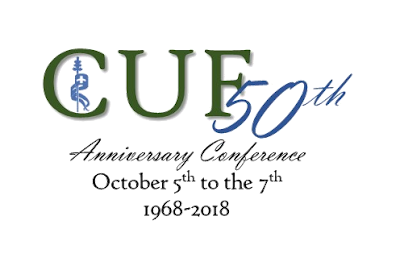When she was 18, Clare left her father’s house one night in secret, and she was met on the road by some of the religious brothers of St. Francis. Together they went to the poor little chapel called the Portiuncula – the “Little Portion” – where Clare was clothed in a rough woolen habit, and she exchanged her jeweled belt for a common rope with knots in it. Her beautiful long hair was cut and a veil was placed over her head. St. Francis placed her temporarily in a Benedictine convent, where her father and her brothers came – very angry – and they tried to drag her back home. She clung to the altar of the church, and she threw aside her veil to show her cropped hair and remained absolutely adamant that she was giving her life over to God.
Sixteen days later her sister Agnes joined her. Others came. They lived a simple life of great poverty, and in complete seclusion from the world, according to a Rule which Francis gave them as a Second Order (Poor Clares). Francis obliged her under obedience at age 21 to accept the office of abbess, and she remained abbess until her death in 1253, when she was nearly 60 years old.
The nuns went barefoot, they slept on the ground, they ate no meat and they observed almost complete silence. They possessed no property, even in common, subsisting on daily contributions. When even the pope tried to persuade her to mitigate this practice, she showed her characteristic firmness: "I need to be absolved from my sins, but I do not wish to be absolved from my obligation of following Jesus Christ."
Clare and her community of nuns lived in the convent of San Damiano in Assisi, which is still there today. She served the sick, waited on table, and washed the feet of the nuns who went out to beg. She came from prayer, it was said, with her face so shining it dazzled those about her. She suffered serious illness for the last 27 years of her life. Her influence was such that popes, cardinals and bishops often came to consult her—but she never left the walls of San Damiano.
A well-known story concerns her prayer and trust. She had the Blessed Sacrament placed on the walls of the convent when it faced attack by invading Saracens, who were Muslims. She prayed for Christ to protect them, and she told her sisters not to be afraid. In the face of Jesus Christ in the Blessed Sacrament, the invaders ran away, and the sisters were safe.
In 1958 Pope Pius XII designated St. Clare as the patron saint of television. One Christmas Eve, when she was too sick to get up from her bed to get to Mass, she was very disappointed. She prayed that God would allow her to take part in the Mass. Although she was more than a mile away she saw Mass on the wall of her dormitory. So clear was the vision that the next day she could name the friars at the celebration.
Graciously hear us, O God of our salvation: that we who rejoice in the festival of blessed Clare, thy Virgin, may grow in the knowledge and love of true devotion; through Jesus Christ thy Son our Lord, who liveth and reigneth with thee, in the unity of the Holy Spirit, ever one God, world without end. Amen.
Basilica of St. Clare in Assisi.





















